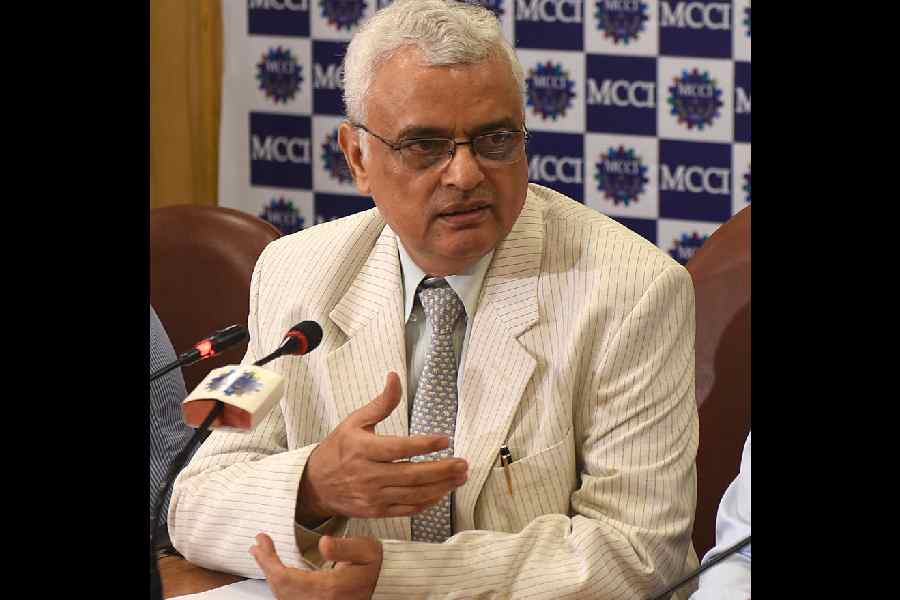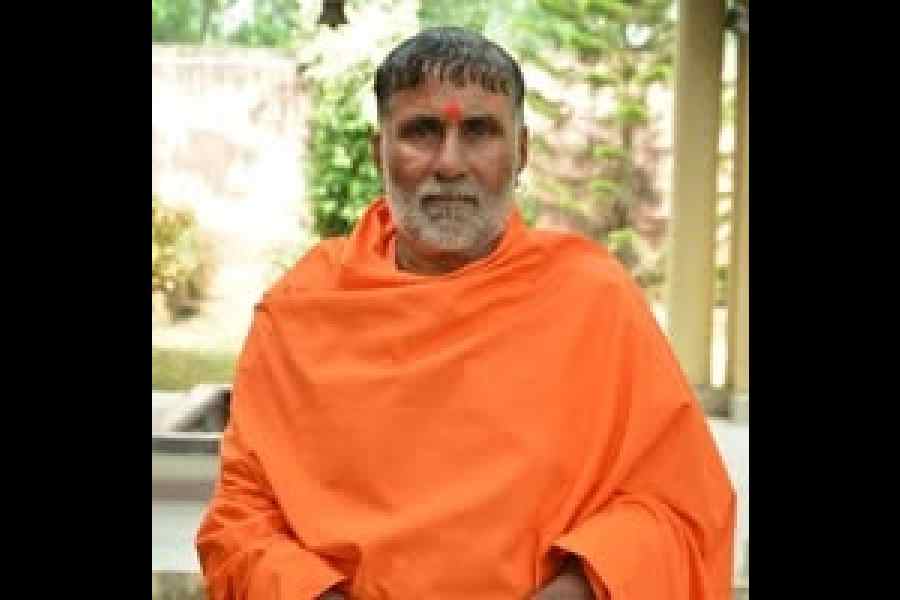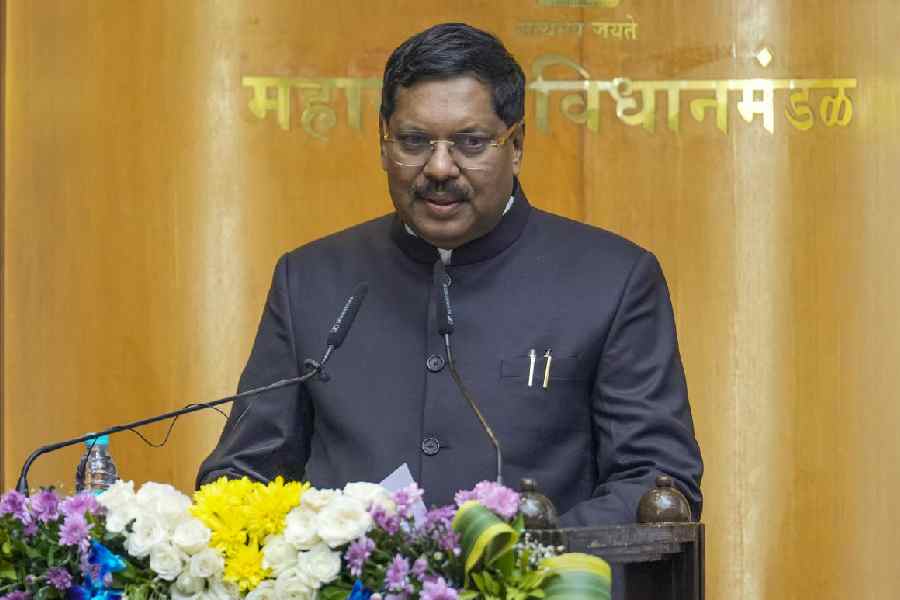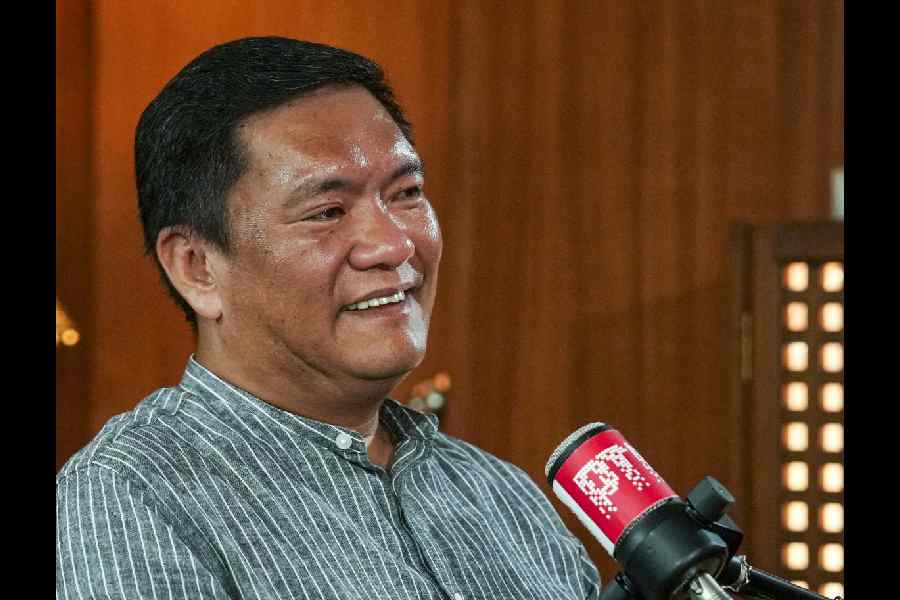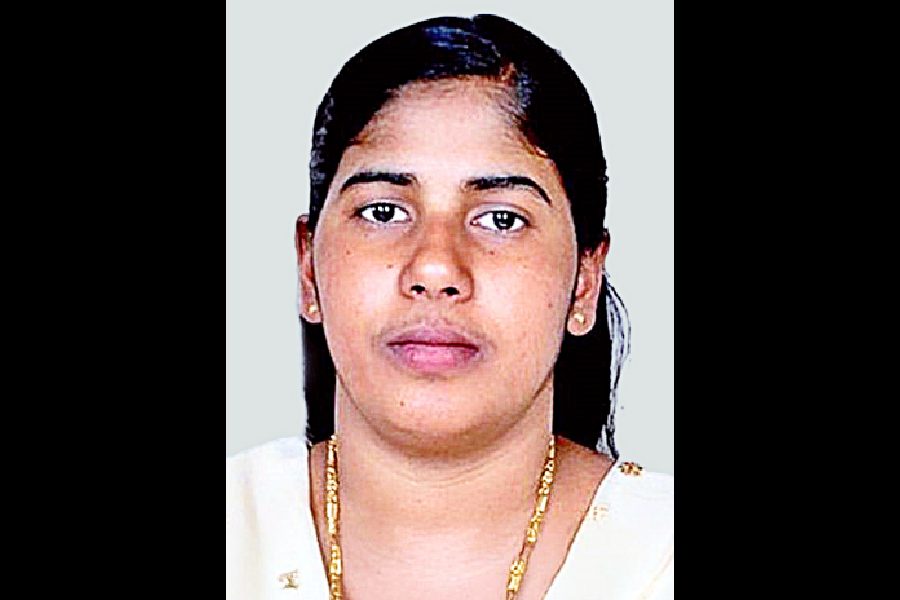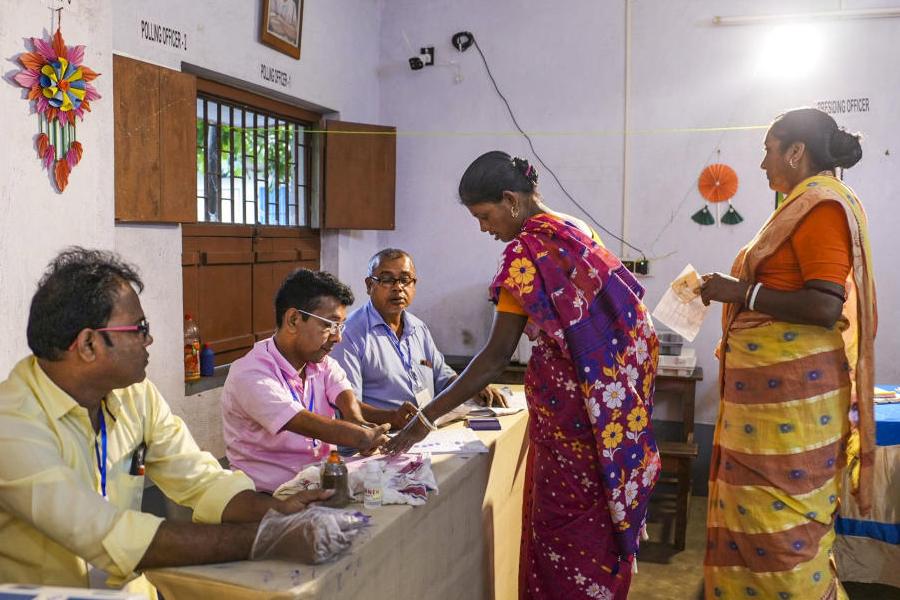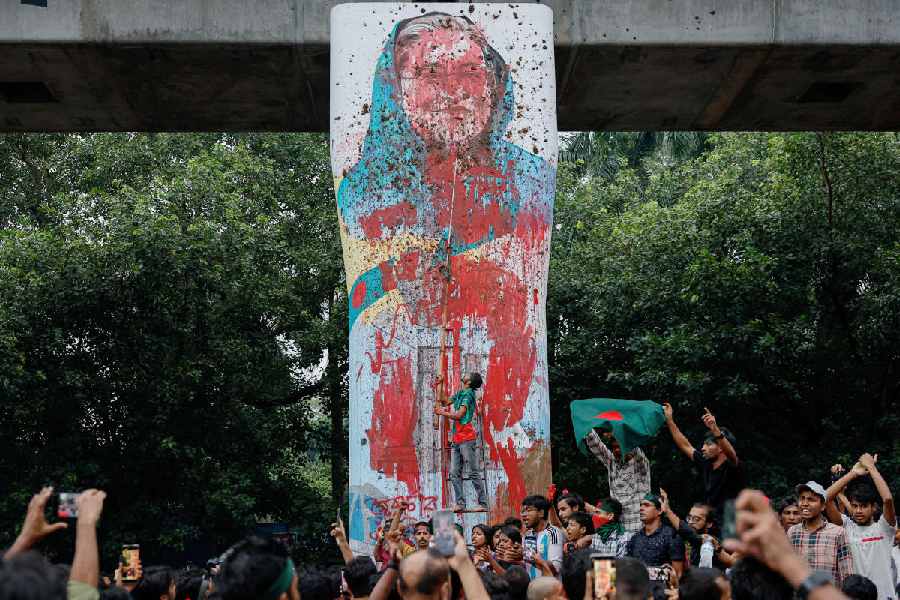Calcutta votes on Saturday in what is officially the 19th civic election in the city but historically its 31st.
The first civic poll in Calcutta was held as far back as 1847, a decade before the Sepoy Mutiny. And that isn't the only fascinating fact about civic elections in this city.
Metro leafed through the pages of the defunct English daily Bengal Hurkaru, The Calcutta Monthly Journal, S.W. Goode's Municipal Calcutta: Its Institutions in their Origin and Growth and The Calcutta Municipal Gazette to ferret out little-known nuggets about civic elections down the decades.
The early elections
Little is known about the 1847 election but the next one - held on December 14, 1849 - is documented. Lord Dalhousie was then the governor-general of India and the concept of wards in civic management was still to be implemented. Calcutta was divided into four sections for the 1849 election: Bagbazar to Mechhua Bazar, Cotton Street to Lalbazar, Bowbazar to Dharmatala and South Dharmatala to Chowringhee. Charles Moore, the then Sheriff of Calcutta, conducted the election. It was decided that the elected candidates would be called "Commissioners for the improvement of Calcutta".
The number of candidates for the four seats was 13. Among the elected was one "native", Babu Dinnoobundhoo Dey. He was elected uncontested.
First official election
The 1924 election is considered the first official election because prior to that at least half the members of the civic board would be nominated representatives. The 1924 poll gave the city a civic board where more than 50 per cent of the members were elected representatives.
Before 1847
The first civic election came 120 years after the formation of the first mayor's court in 1727 under the Royal Charter of King George I for the town of Calcutta. The mayor's court can be considered the equivalent of a civic board. The city was then little more than a swamp. The administration was zamindari and under the control of the East India Company.
The office of the mayor's court was on Old Court House Street in 1729 and that is how the road got its name. The structure was razed in 1792 and at the same site now stands the St. Andrew's Church, opposite the southeast corner of Writers' Buildings.
So why did the British wait over a century to hold an election? They were sceptical about the maturity of the natives in exercising their franchise. It is evident in the remark by Sir John Peter Grant, who had been made chairman of the Fever Hospital Committee by Lord Auckland 13 years before the first election. In 1836, Grant said: "In respect of municipal self-government, the native inhabitants of the town were not ripe for self-government and that European townsmen were neither numerous nor so permanent in their residence in India as to justify any plan of municipal government based upon popular election."
The committee, however, did foresee the emergence of a class of "able natives" in Calcutta to perform municipal duties in the near future.
Concept of wards
After the Sepoy Mutiny, the British Parliament by an enactment in 1863 embraced local self-government for Calcutta and an election was held on September 1, 1876. For the first time, the city was divided into 18 wards for administrative ease. The number of voters in that election, the fourth in Calcutta's history, was 4,994.
Roopa Ganguly law
"When the election was over, along came the charges of false voting papers, and the hundred and one trifles of corruption which seem to be inherent in all elections of this kind."
This observation by Sheriff Charles Moore in the aftermath of the 1849 election set the tone for a few rules that still govern municipal polls in the city.
By the time Calcutta was preparing for its fifth civic election in 1899, the British had introduced eligibility criteria for voters, legal qualification for candidates and a three-year tenure for the board. One of the provisions was that a candidate must be a voter in a civic ward to be eligible to contest a seat.
Actress-turned-BJP leader Roopa Ganguly had to drop out of the party's list of candidates for Saturday's election because she isn't a voter in any of the 144 wards.
Back in 1899, Calcutta comprised 25 wards following the inclusion of Entally, Beniapukur, Ballygunge and Bhowanipore in the municipal area. Half of the 50-member board was elected and the rest nominated.
Just as allegations of electoral malpractice go back a long way, poll-related litigation wasn't uncommon then. Exactly a century ago, in 1915, owners of huts with an annual valuation of Rs 300 or more made it to the voters' list based on an order by Calcutta High Court. The number of voters quickly soared to 38,412.
Women voters
An overhaul of the municipal act after Surendranath Banerjee became the minister for local self-government paved the way for women in Calcutta to become voters in the 1924 election. The breakthrough coincided with the introduction of ballot papers.
In the 90-member board, 63 members were elected representatives. Of those 63 seats, 15 were reserved for Muslims.
Though the tenure of the board remained three years, the mayor and his deputy were given a one-year stint each.
C.R. Das was elected the first mayor and Netaji Subhas Chandra Bose appointed the first CEO of the corporation under the amended act. It was also from this election that all elected members of the board came to be known as councillors instead of commissioners.


